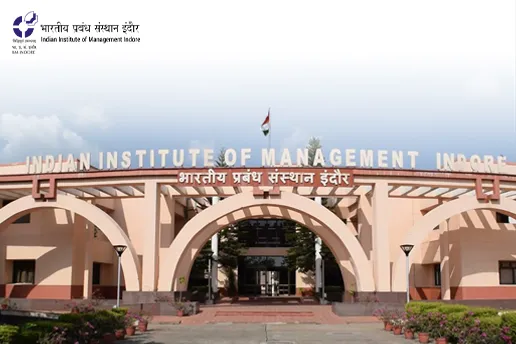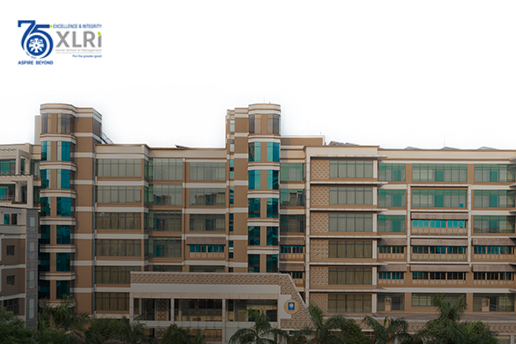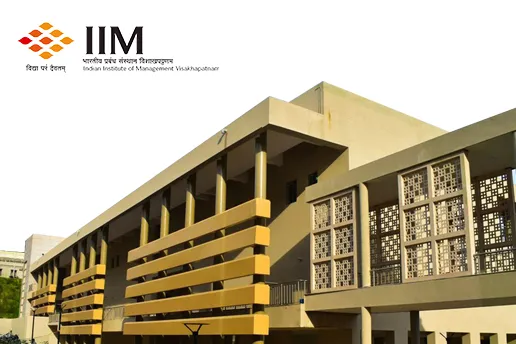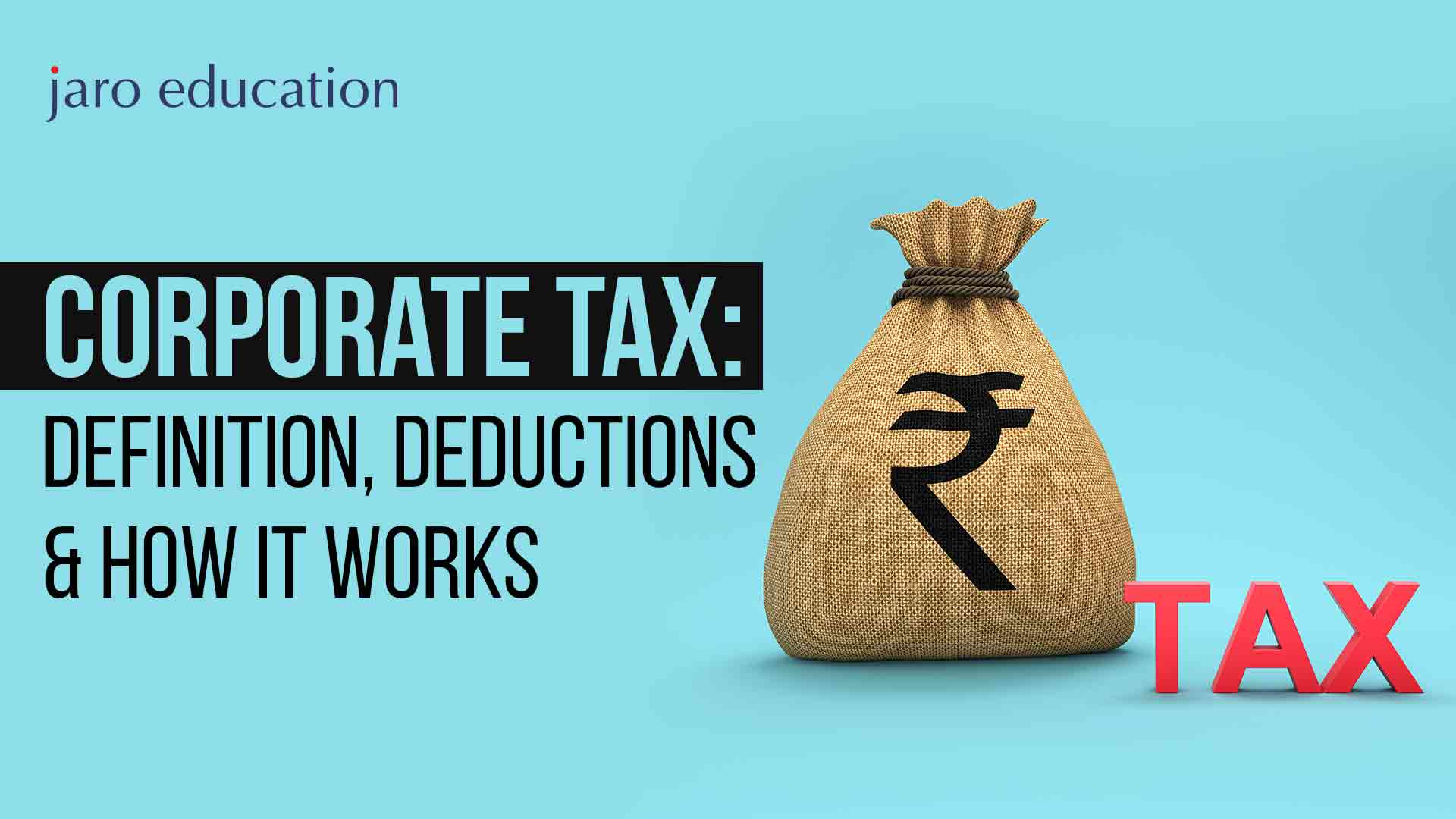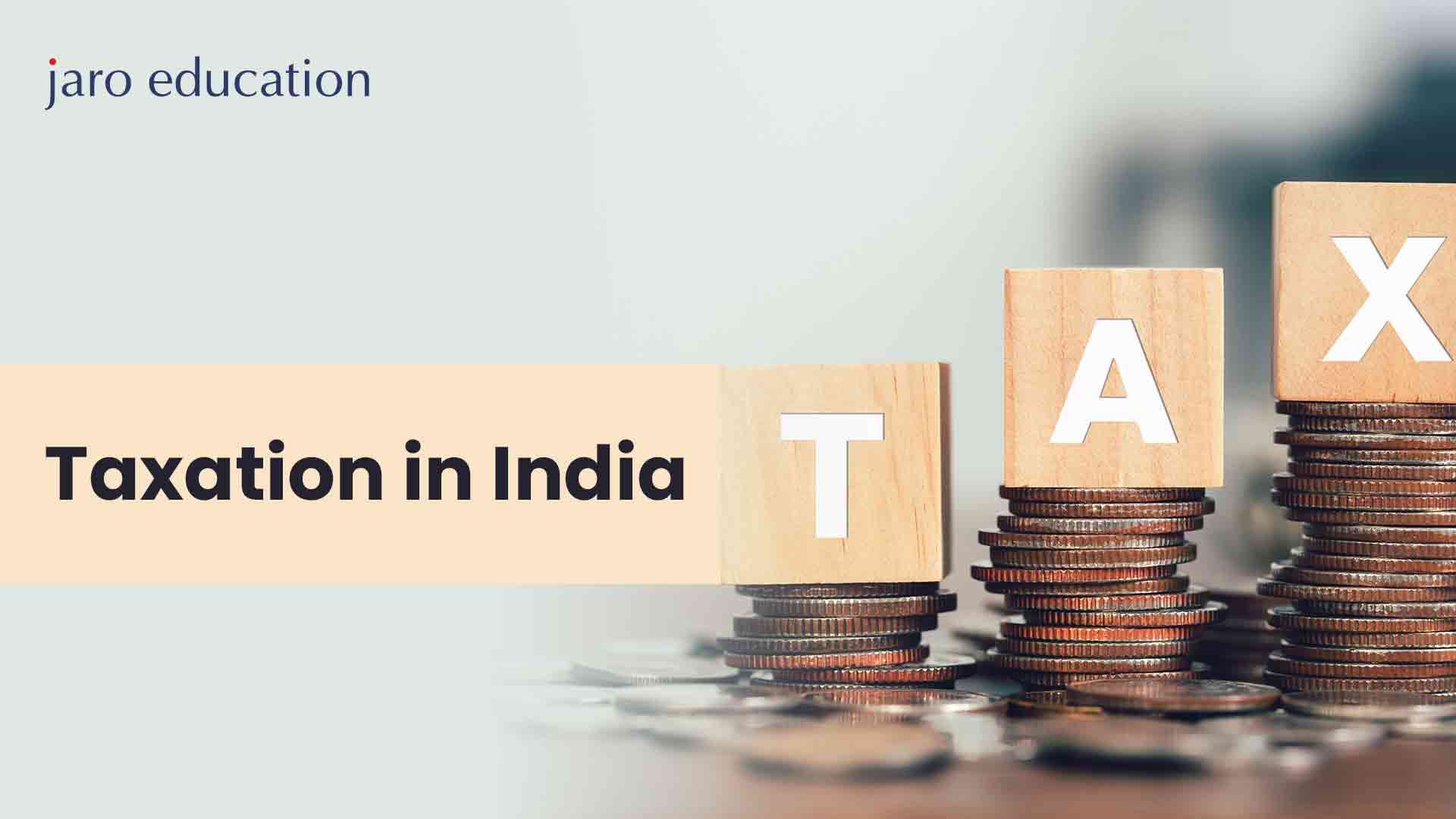Smart Tax Strategies to Help You Save Thousands This Year
Table of Contents
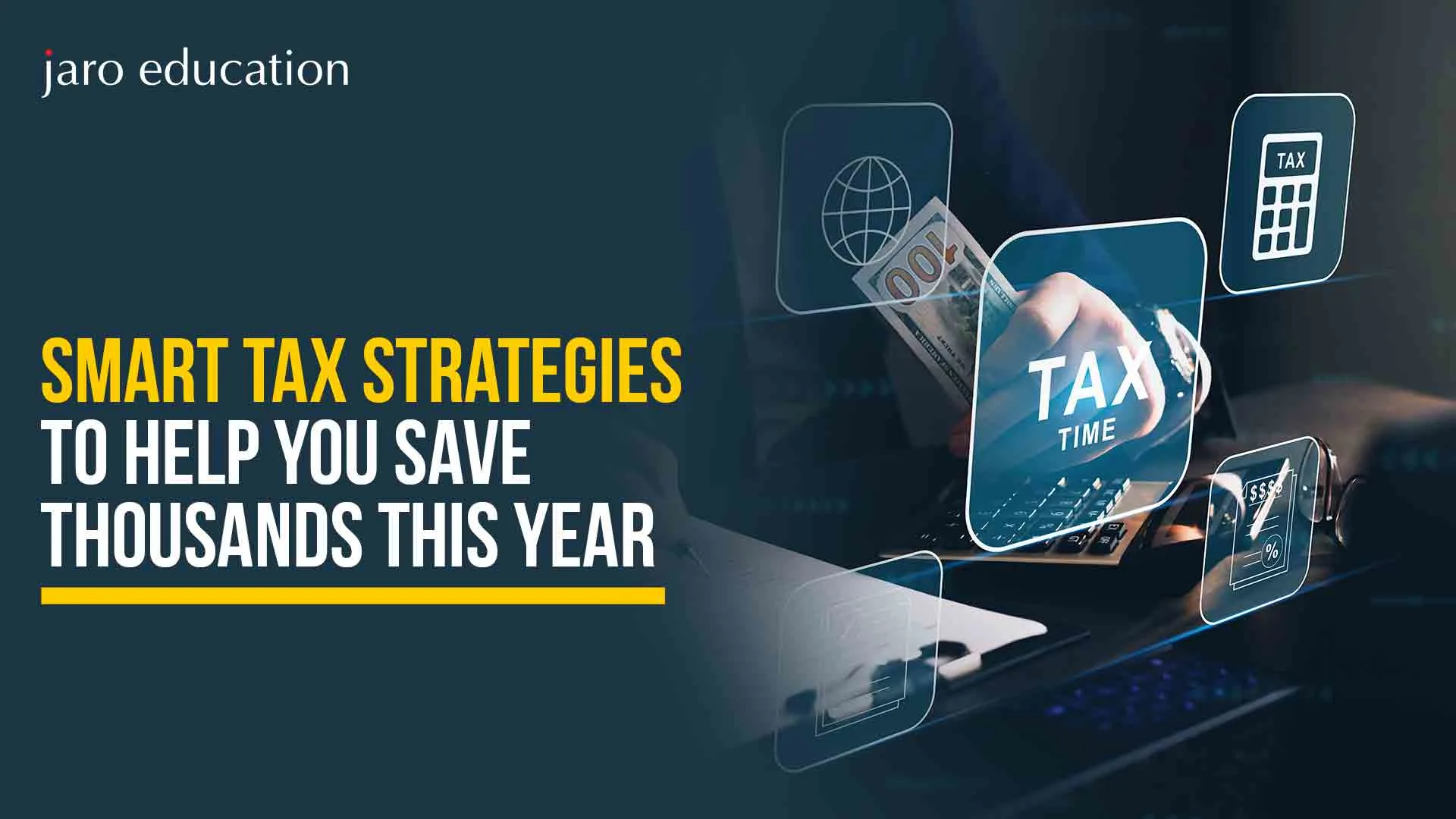
There is no doubt that most individuals in this country are tired of seeing a big chunk of their hard-earned money vanish as taxes every year. What if they manage to keep thousands of dollars in their pockets this year? Does the idea sound like a dream? It must! However, it is not impossible. Just following some smart tax strategies can help one achieve the goal. But, to do that, they will have to understand how to save tax easily.
Today, there are numerous options. The taxpayers will only have to explore them and understand what suits them best. The following blog will reveal some tricks and tips that can save significant money from being paid as tax. This opens the opportunity to make more investments and take advantage of India’s fiscal policy.

*freepik.com
Few Words on the Basics of Income Tax in India
There is a fear of income tax amongst most earning people. But what does it mean? The answer is simple. The government charges a certain amount of money on the annual income of an individual or a business every financial year. Again, what is a financial year? It is the period between April 1st and March 31st. The tax to be paid is calculated based on one’s total income. It includes the salary, income from property, profits and gains from business or other sources, etc.
In India, there are various income tax slabs. So, as individuals start earning more, the amount of tax they have to pay also increases. Moreover, there are two tax regimes—old and new. The old regime allows many deductions and exemptions, which can somewhat relieve a taxpayer’s burden. However, the new regime offers lower tax rates but with fewer deductions. An individual can choose the regime that benefits him/her the most.
How to Save Tax Under the Old Tax Regime?
In the old regime, the threshold of nontaxable annual income was Rs. 2.5 lakhs. Any amount earned beyond this in the past financial year is taxable. There are various slabs and tax percentages that increase with every slab. However, there are also many tax saving methods. One of the most popular avenues is Section 80C. It allows one to save up to Rs. 1.5 lakhs through some specified investments. Some of them are –
- PPF (Public Provident Fund).
- EPF (Employees’ Provident Fund).
- ELSS (Equity Linked Savings Schemes).
- NSC (National Savings Certificate).
- Tuition fees are paid for up to 2 children’s education in India.
- Home loan principal repayment.
More deductions are allowed on various other sections like 80D, 80CCD, etc. Some examples are –
- Health insurance premiums (there are limits for self, family, and parents).
- Donations to eligible charitable institutions (there are limits to the amount).
- Interest earned from a savings account (there are different limits for regular and senior citizens).
- Interest paid on education loans.
- House rent allowance for salaried individuals.
How to Save Tax under the New Tax Regime?
In the new regime, the ceiling of nontaxable income is Rs.4 lakh compared to the Rs.2.5 lakh of the old regime. This income tax system focuses on lower tax rates with fewer deductions and exemptions compared to the old regime. At the same time, a standard deduction of Rs.. 75,000 further lowers the tax liability for individuals. So, the new regime is profitable for high-salaried people.
A General Comparison between the New and Old Tax Regime
To further know how to save tax, one must also realize the difference between these two tax regimes –
| Comparison Topic | Old Tax Regime | New Tax Regime |
|---|---|---|
| Tax rates | Higher tax rates | Lower tax rates |
| Exemptions and deductions | Many exemptions and deductions are allowed. | Very few exemptions and deductions are allowed. |
| Standard deduction | Allowed. | Now allowed. |
| Tax filing complexity | More complicated due to many deductions. | Simpler with fewer deductions. |
| Suitable for | People who invest in many tax-saving options. | Individuals earning high salaries can benefit from this. |
| Flexibility | Offers more ways to save tax. | Offers less flexibility. |
| Home loan benefits | Interest and principal are deductible. | No such benefits are available. |
| Education loan benefits | Interest deduction allowed. | NA |
| Retirement contributions | Deductions are allowed for certain savings plans. | No deduction allowed. |
How to Save Tax through Home Loan
A home loan not only provides a cozy life to individuals. It also helps to save income tax. However, such savings are only allowed in the old regime. Some examples are –
Home Loan Interest Deduction (Section 24)
- If a person takes a loan to buy or build a house, they can claim a deduction on the interest paid.
- This benefit is available for both self-occupied and rented properties.
- It helps reduce the total taxable income.
Principal Repayment Deduction (Section 80C)
- The amount paid towards the principal of the home loan is also eligible for tax deduction.
- This is included under Section 80C, along with other items like LIC premiums, PPF, etc.
- This benefit is available only if the property is not sold within five years.
Stamp Duty and Registration Charges (Section 80C)
- The amount spent on stamp duty and registration fees while buying a house can also be claimed under Section 80C.
- This can be claimed only in the year when these expenses are paid.
First-Time Home Buyer Benefits (Section 80EE/80EEA)
- Additional deductions may be available for people buying their first house.
- These deductions are over and above the normal interest deduction under Section 24B.
- The home loan must meet certain conditions (like loan amount and date of sanction).
Tax Benefits for Joint Home Loans
- If the loan is taken jointly (e.g., husband and wife), both can claim deductions separately.
- This can double the tax-saving benefit if both are earning.
How to Save Salary Tax – Some Smart Financial Planning
Here is how individuals can save taxes on their salaried income –
1. Choosing the Right Tax Regime
- There are two tax regimes: Old and New.
- If an individual invests in tax-saving instruments, the Old Regime may help them to save more.
- If one does not claim many deductions, the New Regime with lower tax rates might suit them better.
- It is important to compare both regimes before filing taxes.
2. Using Section 80C Wisely
Dedications can be claimed by investing in certain options, like:
- Employees’ Provident Fund (EPF)
- Public Provident Fund (PPF)
- Life Insurance Premiums
- 5-Year Fixed Deposits
- Equity Linked Saving Scheme (ELSS)
- Children’s Tuition Fees
Different options must be combined to reach the maximum limit under 80C.
3. Claiming House Rent Allowance (HRA)
- If an individual lives in a rented house, they must submit rent receipts to claim HRA exemption.
- Even if someone lives with parents, they can pay them rent and claim HRA (rent receipts and a rental agreement must be there).
4. Claiming Deduction on Home Loan
- Deduction is available on interest (Section 24B) and principal (Section 80C) of home loan repayment.
- Extra benefits may apply for first-time buyers under Section 80EE or 80EEA.
5. Using Section 80D for Health Insurance
- Premiums paid for health insurance (for self, spouse, children, or parents) are tax-deductible.
- Higher deduction is allowed if someone is paying for senior citizen parents.
6. Investing in National Pension System (NPS)
- Contributions to NPS can be claimed under Section 80CCD(1B) (over and above 80C).
- Helps one save extra tax and build retirement savings.
7. Tax-Free Salary Components
Some parts of an individual’s salary may be tax-free, like:
- Meal vouchers
- Travel allowance
- Leave travel allowance (LTA)
- Mobile/internet reimbursements
A conversation with HR to structure one’s salary with more tax-friendly components may be of help.
8. Using Education Loan Interest Deduction (Section 80E)
- If someone is repaying an education loan for higher studies, the interest paid can be deducted from their income.
9. Filing Income Tax Return (ITR) on Time
- Filing an ITR helps one claim refunds and carry forward losses if needed.
- It is wise to avoid penalties by submitting it before the deadline.
10. Keeping Proofs and Documents
- All investment proofs, rent receipts, insurance bills, and donation receipts must be kept safely.
- These may be needed for verification by the employer or tax department.

*freepik.com
How Can We Save Tax – Some Important and Essential Tips for Non-Salaried People
Here are some tips for non-salaried persons to save on tax payments –
1. Use Section 80C Deductions
- Invest in tax-saving options like:
- Public Provident Fund (PPF)
- Life Insurance Premiums
- ELSS (Equity Mutual Funds)
- 5-Year Tax-Saving Fixed Deposits
- You can claim deductions up to the allowed limit
2. Invest in National Pension System (NPS)
- Get an extra deduction under Section 80CCD(1B) for NPS contributions.
- It also helps in building a retirement fund.
3. Buy Health Insurance (Section 80D)
- Premiums paid for yourself, family, and parents are tax-deductible.
- More deduction is allowed if your parents are senior citizens.
4. Claim Education Loan Interest (Section 80E)
- If you have taken a loan for higher education, the interest paid is fully tax-deductible for a certain number of years.
5. Claim Home Loan Deductions
- You can claim benefits on home loan interest (Section 24) and principal repayment (Section 80C).
6. Donate to Approved Charities (Section 80G)
- Donations to registered charitable institutions are eligible for tax deduction.
- Keep proper receipts and make digital payments.
7. Maintain Proper Books of Accounts
- Keep a record of your income and expenses.
- This helps in claiming business-related deductions and showing correct income.
8. Deduct Business Expenses
- Non-salaried people (freelancers, business owners) can claim expenses like rent, internet, travel, and phone bills used for work.
9. File ITR on Time
- Always file your Income Tax Return before the deadline to avoid penalties and to carry forward losses.
Conclusion
By now, it must be clear that saving tax is neither difficult nor confusing as long as one has a clear idea of the regimes and tax slabs. Only smart planning and the right knowledge are needed to reduce an individual’s tax burden. So, people who are wondering how to save on tax can keep this write-up handy and use it to plan their next tax-saving move.
Additionally, adopting smart tax-saving methods is not only about saving money. It also includes building better financial habits for the future. Just some careful steps and small changes can reduce the tension and stress of draining money on taxes.
One can complete an Online B.Com Programme from Manipal University Jaipur to learn more about taxes. This course will provide insights into the accounting system and how the Indian taxation system works.
Frequently Asked Questions
What is the primary difference between the new regime and old regime of Income Tax?
The primary difference is the standard deduction in the new regime, which benefits high-earning people. On the contrary, the old regime is preferable for people with lower earning potential, who prefer to save tax through specific investments.
How often should an individual review tax-saving strategies?
Reviewing the tax planning at least once a year, preferably at the beginning of a financial year, is wise. If a significant upcoming event can call for heavy expenses, like marriage, buying a house, etc., or a change in the tax law, then more frequent reviews are needed.
Where can one find information on the latest tax rules and regulations in India?
The official site of the Income Tax Department of India is the most reliable source.









